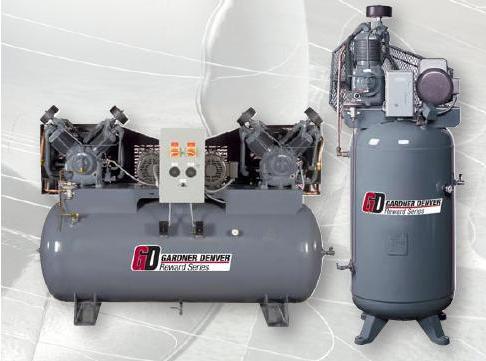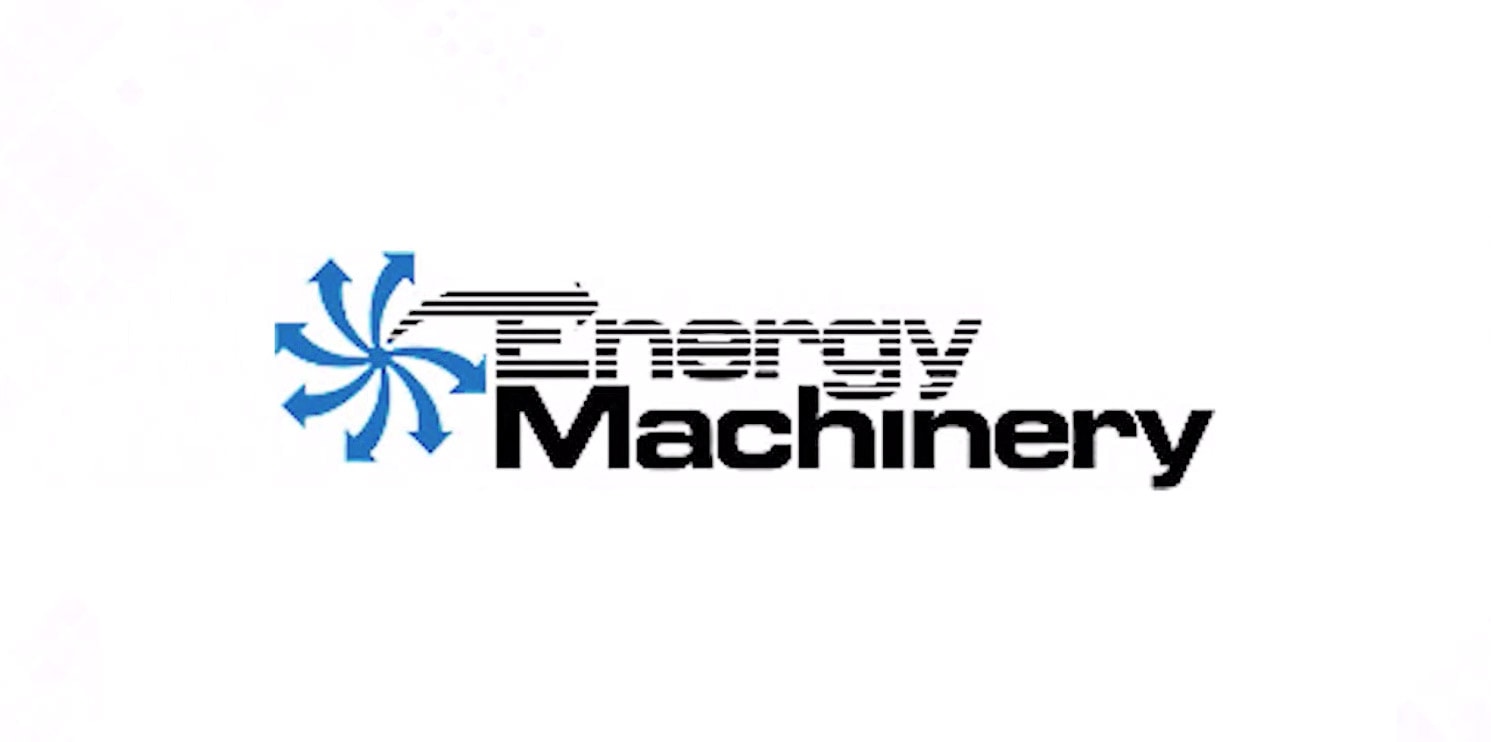What is a Reciprocating Compressor?

Compressors are mechanical devices used to intentionally increase the pressure of a air. They work by “squeezing” the air into a smaller volume, thereby causing a buildup of stored potential energy to be used when needed. Although there are many types of compressors, most of them generally fall under two classifications: dynamic and positive displacement.
Reciprocating compressors belong to the category of positive displacement compressors. These type of compressors operate by drawing fluid into a fixed-volume chamber via a mechanical component which physically displaces the air. Other types of positive displacement compressors include rolling piston, rotary screw, rotary vane, and diaphragm compressors.
Reciprocating Air Compressors
Reciprocating air compressors consist of a piston driven by a crankshaft enclosed within a cylinder. The typical reciprocating air compressor is also comprised of suction and discharge valves.
Compression is accomplished via a cycle of operations. First, the piston receives power from the main shaft via a rotating crankshaft. During the piston’s suction stroke, the volume within the cylinder increases while its pressure decreases. This allows the relatively higher pressure external air to open the inlet and enter the cylindrical chamber.
On the piston’s compression stroke, the volume within the cylinder decreases, raising the pressure of the collected air. This increase in pressure opens the outlet valve, causing compressed high-pressure air to flow out of the cylinder into a storage tank.
Reciprocating air compressors differ from other types of compressing mechanisms in that the flow is highly controlled. The volumetric flow rate is simply the volume of the cylindrical chamber multiplied by the piston stroke rate. In other words, the throughput of a reciprocating compressor is solely dependent on the displacement mechanism (the piston, shaft, and crankshaft). This characteristic is extremely beneficial from an automation and control standpoint.
Common Questions About Reciprocating Compressors
Can a reciprocating compressor run backward?
Generally, if the direction of a reciprocating compressor is reversed, there will be no adverse effect on the compressibility factor and air discharge/suction capacity. Lubrication, however, may become an issue. For splash-lubricated pumps, positive pressure will simply be generated at the inlet filter while a vacuum will be created at the discharge.
Can you replace a reciprocating compressor with a scroll?
A scroll compressor, also known as a scroll pump, uses two interweaving spiral-shaped vanes to compress and pressurize fluids. One scroll remains fixed, while the other orbits within it in an eccentric manner, trapping and compressing pockets of fluid between the scrolls. Generally, scroll and reciprocating compressors are interchangeable. However, specific tubing, mounting, and other modifications will need to be done by a professional.
Which compressor is better? Rotary or reciprocating?
In terms of compression efficiency, reciprocating compressors are marginally more efficient than rotary compressors. For the same amount of air, a reciprocating pump can use 5% to 10% less energy than its rotary counterpart. On the downside, reciprocating pumps can be more expensive and require more maintenance.
Reciprocating Compressors from Energy Machinery
Reciprocating compressors are simple, yet highly efficient devices. They can be found in several industries, including manufacturing, food production, agriculture, pharmaceutical, and construction.
At Energy Machinery, we provide a wide variety of reciprocating compressors for a broad range of applications. If you would like to learn more about our compressor equipment, request a quote from us today!







